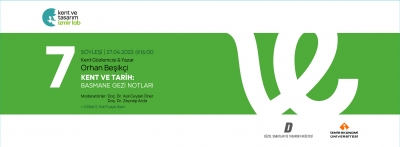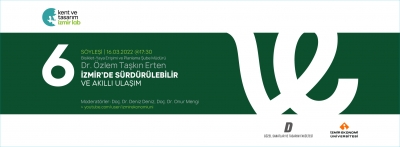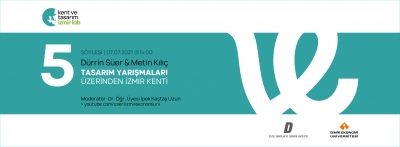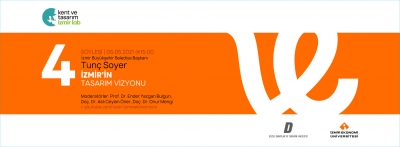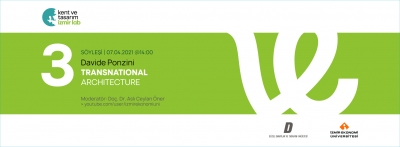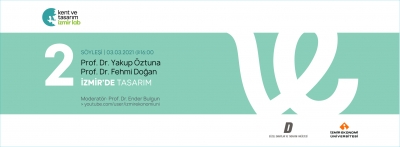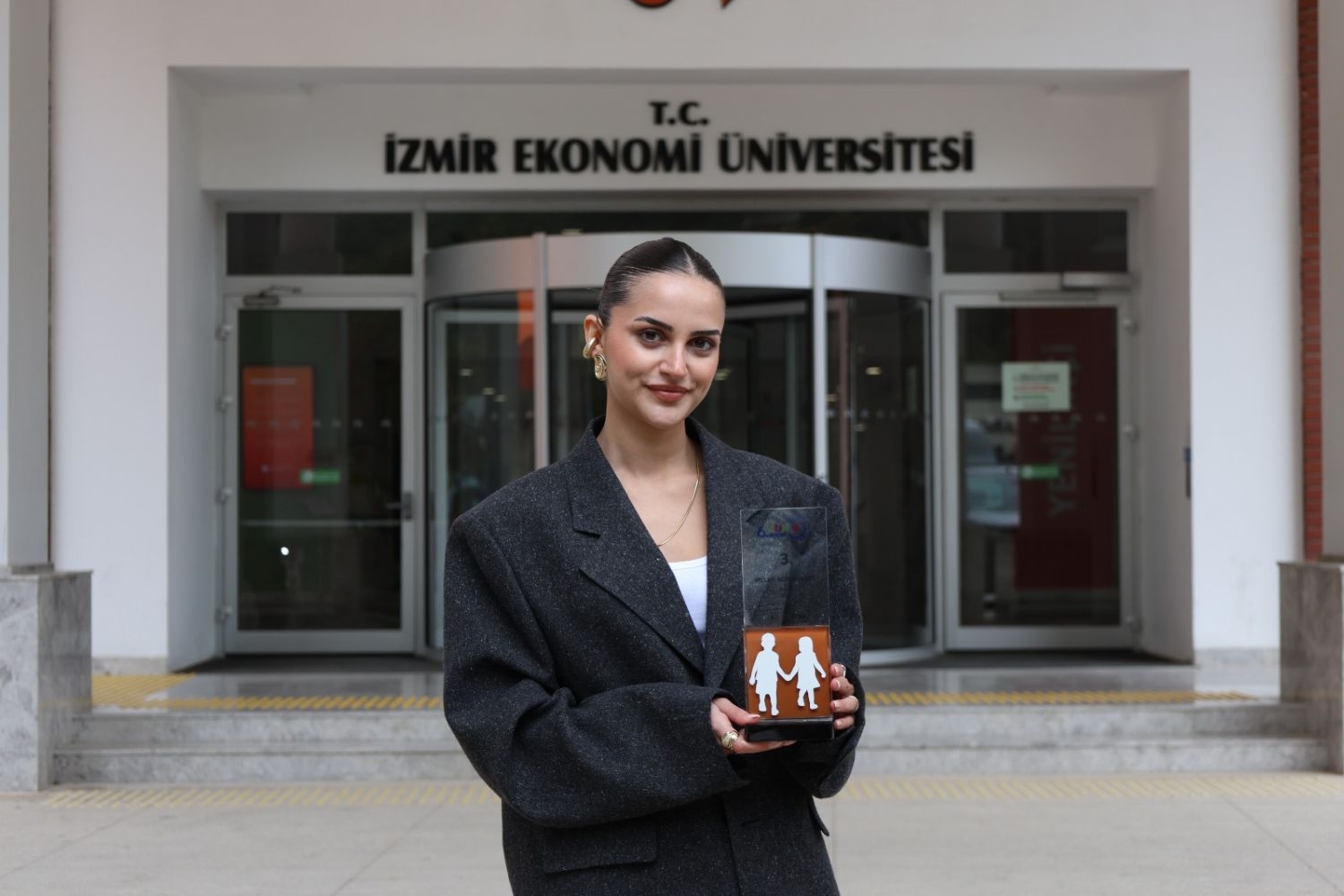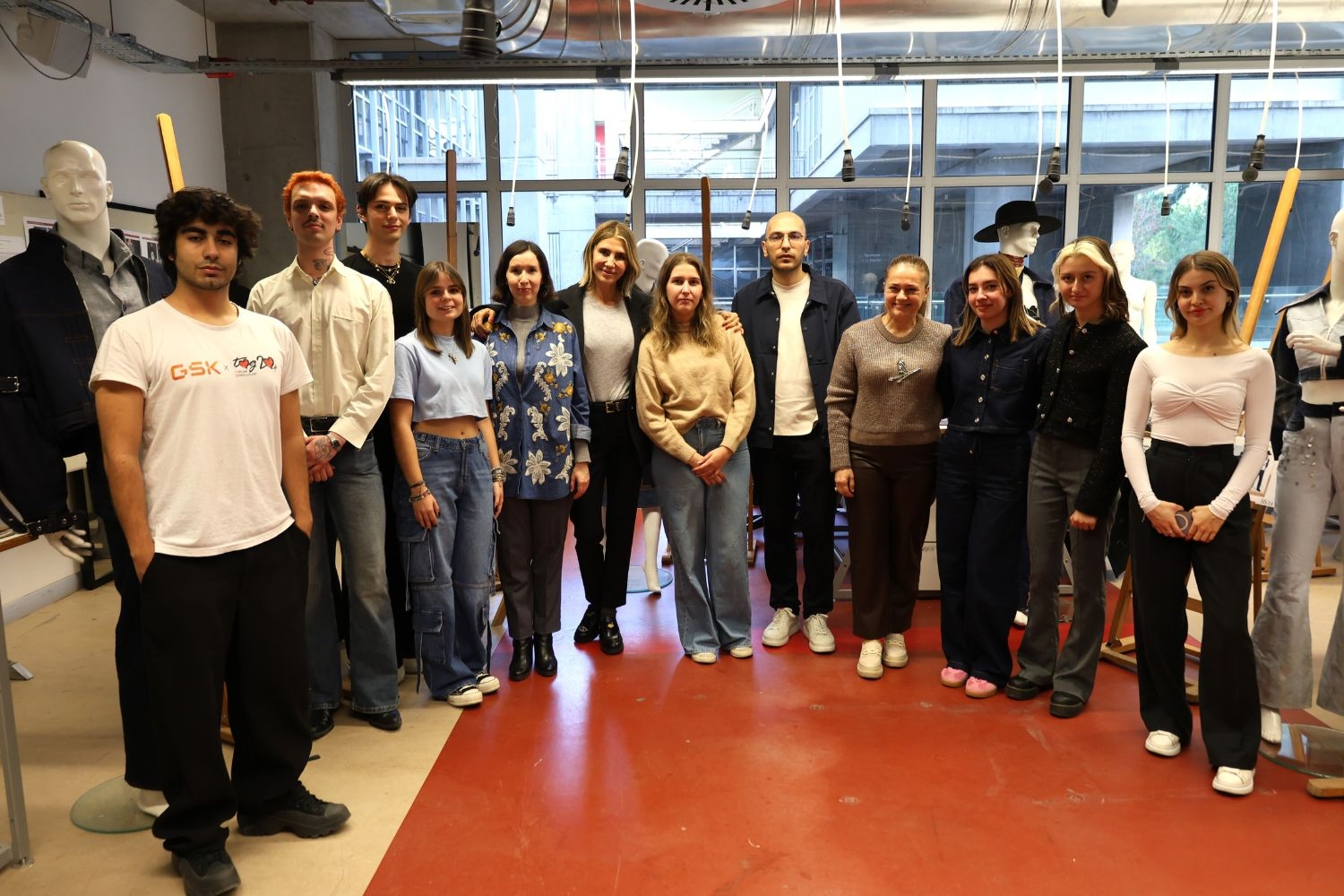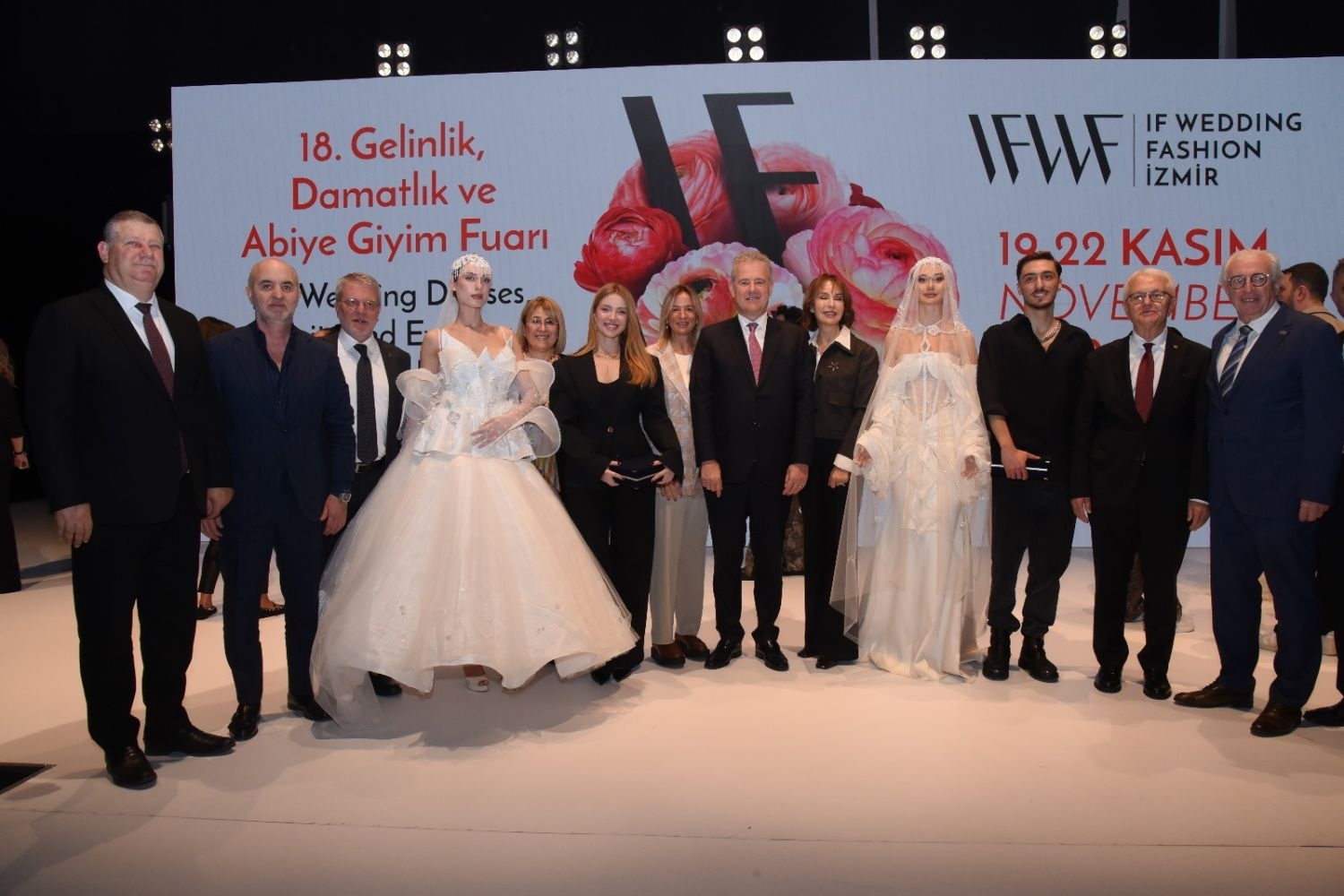FACULTY OF FINE ARTS AND DESIGN
Department of Textile and Fashion DesignGEHU 216 | Course Introduction and Application Information
| Course Name |
History of Civilizations II
|
|
Code
|
Semester
|
Theory
(hour/week) |
Application/Lab
(hour/week) |
Local Credits
|
ECTS
|
|
GEHU 216
|
Fall/Spring
|
3
|
0
|
3
|
6
|
| Prerequisites |
None
|
|||||
| Course Language |
English
|
|||||
| Course Type |
Service Course
|
|||||
| Course Level |
First Cycle
|
|||||
| Mode of Delivery | - | |||||
| Teaching Methods and Techniques of the Course | DiscussionQ&A | |||||
| National Occupation Classification | - | |||||
| Course Coordinator | ||||||
| Course Lecturer(s) | ||||||
| Assistant(s) | - | |||||
| Course Objectives | The basic purpose of this course is to acquaint students with the basic evolutionary developments in the History of Western Civilizations and to enable them to analyze these developments, through a comparative perspective, in the economic, sociopolitical, cultural and scientific field for understanding the dynamics of the modern world. |
| Learning Outcomes |
The students who succeeded in this course;
|
| Course Description | The content of the course Hum 101 starts with the Prehistoric Ages and deals with the first civilizations, Ancient Greek and Roman cultural and political developments, the Byzantine Empire and the basic important developments in Europe during the Medieval Age. |
| Related Sustainable Development Goals |
|
|
Core Courses | |
| Major Area Courses | ||
| Supportive Courses | ||
| Media and Management Skills Courses | ||
| Transferable Skill Courses |
WEEKLY SUBJECTS AND RELATED PREPARATION STUDIES
| Week | Subjects | Related Preparation |
| 1 | Introduction of the course: discussion on the basic historical terminology | Robert E. Lerner, et al., Western Civilizaitons, Their History and Their Culture, London, 1998. |
| 2 | The collapse of the Roman Empire in the West and the formation of the new political map of Europe | Robert E. Lerner, et al., Western Civilizaitons, Their History and Their Culture, London, 1998.Chapter 8, pp.228-232; Chapter 9, pp. 249-250 . |
| 3 | The Early Middle Ages (600-1050): Western Christian Civilization in the Early Middle Ages (ca. 600-ca. 1050) | Robert E. Lerner, et al., Western Civilizaitons, Their History and Their Culture, London, 1998.Chapter 9, pp. 278-288 . |
| 4 | The High Middle Ages (1050- 1300) I : Economic and Political Developments: Feudalism amd the Rise of National Monarchies | Robert E. Lerner, et al., Western Civilizaitons, Their History and Their Culture, London, 1998. Chapter 10, pp. 291-312. |
| 5 | The High Middle Ages (1050-1300) II : Religious and Intellectual Developments: Papal Monarchy, Scholasticism; Learning and Art: Growth of Lay Education and Literature | Robert E. Lerner, et al., Western Civilizaitons, Their History and Their Culture, London, 1998.Chapter 11, pp.333-374. |
| 6 | The Later Middle Ages (1300-1500) : Economic and Political Developments: Depression and Recovery; Thought and Literature: Nominalism and Naturalism; Technology: the Invention pf Printing | Europe as the Modern Civilization: Social, Economic and Political Life.Chapter 12, pp. 377-417. |
| 7 | The Civilization of Renaissance (ca. 1350- 1550): Humanism; Reformation: Lutheranism, Protestantism and Catholicism; Foundations of modern science | Robert E. Lerner, et al., Western Civilizaitons, Their History and Their Culture, London, 1998.Chapter 13, pp. 425-445; 457-462 . |
| 8 | Oversea Discoveries and Its Consequences Early Modern Europe (ca.1560-ca.1660) I: Economy: The Medieval origins of mercantilism and capitalism, and the commerical revolution; Society: Nobility, Peasantry and Bourgeoisie | Robert E. Lerner, et al., Western Civilizaitons, Their History and Their Culture, London, 1998.Chapter 14, pp.465-476, Chapter 16, pp.553-579. |
| 9 | Midterm Exam | |
| 10 | The Age of Absolutism in Europe (1660-1789): the emergence of a state system; Scientific Revolution and Enlightenment: The world of the philosophes | Robert E. Lerner, et al., Western Civilizaitons, Their History and Their Culture, London, 1998. Chapter: 17, pp.599-641; Chapter 18, pp. 643-663 . |
| 11 | The French Revolution (1789) and Its Consequences | Robert E. Lerner, et al., Western Civilizaitons, Their History and Their Culture, London, 1998.Chapter 19, pp.685-711 . |
| 12 | The Industrial Revolution and Its Consequences: Urbanization and Class Consciousness (1800-1850) Imperialism and its Consequences | Europe as the Modern Civilization: Social, Economic and Political Life.Chapter 20, pp. 727-747; Chapter 21, pp.749-781. |
| 13 | The 19th and 20th Century Revolutions Ideologies: Liberalism, Nationalism, Socialism, Communism and Fascism | Robert E. Lerner, et al., Western Civilizaitons, Their History and Their Culture, London, 1998.Chapter 22, pp.783-799; Chapter 23, pp. 809-826. |
| 14 | Europe as the Modern Civilization: Social, Economic and Political Life. | Europe as the Modern Civilization: Social, Economic and Political Life.Chapter 24, pp.846-892 . |
| 15 | Review | |
| 16 | Final Exam |
| Course Notes/Textbooks | Robert E. Lerner, et al., Western Civilizations, Their History and Their Culture, London, 1998. |
| Suggested Readings/Materials | M. Kishlansky, P. Geary, P. O’Brien. Civilization in the West, 6th ed. New York: Pearson Inc., 2006. Server Tanilli, Uygarlık Tarihi, İstanbul, 2006. |
EVALUATION SYSTEM
| Semester Activities | Number | Weigthing |
| Participation | ||
| Laboratory / Application | ||
| Field Work | ||
| Quizzes / Studio Critiques | ||
| Portfolio | ||
| Homework / Assignments | ||
| Presentation / Jury | ||
| Project | ||
| Seminar / Workshop | ||
| Oral Exams | ||
| Midterm |
1
|
40
|
| Final Exam |
1
|
60
|
| Total |
| Weighting of Semester Activities on the Final Grade |
1
|
40
|
| Weighting of End-of-Semester Activities on the Final Grade |
1
|
60
|
| Total |
ECTS / WORKLOAD TABLE
| Semester Activities | Number | Duration (Hours) | Workload |
|---|---|---|---|
| Theoretical Course Hours (Including exam week: 16 x total hours) |
16
|
3
|
48
|
| Laboratory / Application Hours (Including exam week: '.16.' x total hours) |
16
|
0
|
|
| Study Hours Out of Class |
14
|
3
|
42
|
| Field Work |
0
|
||
| Quizzes / Studio Critiques |
0
|
||
| Portfolio |
0
|
||
| Homework / Assignments |
0
|
||
| Presentation / Jury |
0
|
||
| Project |
0
|
||
| Seminar / Workshop |
0
|
||
| Oral Exam |
0
|
||
| Midterms |
1
|
40
|
40
|
| Final Exam |
1
|
50
|
50
|
| Total |
180
|
COURSE LEARNING OUTCOMES AND PROGRAM QUALIFICATIONS RELATIONSHIP
|
#
|
Program Competencies/Outcomes |
* Contribution Level
|
|||||
|
1
|
2
|
3
|
4
|
5
|
|||
| 1 |
To be able to develop and design a collection independently. |
-
|
-
|
-
|
-
|
-
|
|
| 2 |
To be able to do maintain a design research individually or as a team. |
-
|
-
|
-
|
-
|
-
|
|
| 3 |
To be able to develop entrepreneurship- and managerial skills for a future professional practice. |
-
|
-
|
-
|
-
|
-
|
|
| 4 |
To be able to understand, interpret and apply theoretical knowledge in fashion and textile design. |
-
|
-
|
-
|
-
|
-
|
|
| 5 |
To be able to analyze and integrate the particular local and regional needs and of their profession. |
-
|
-
|
-
|
-
|
-
|
|
| 6 |
To be able to obtain a multidisciplinary point of view, follow and analyze the new issues, changes and trends in contemporary design and art in such a way that they can be integrated into design practice. |
-
|
-
|
-
|
-
|
-
|
|
| 7 |
To be able to apply industrial requirements, knowledge of material & usage and know-how knowledge in the creation of high quality fashion products. |
-
|
-
|
-
|
-
|
-
|
|
| 8 |
To be able to use digital information and communication technologies at a level that is adequate to the discipline of fashion and textile design. |
-
|
-
|
-
|
-
|
-
|
|
| 9 |
To be able to develop an ongoing analytical and professional approach to academic and design research. |
-
|
-
|
-
|
-
|
-
|
|
| 10 |
To be able to recognize the need and importance of a personal lifelong learning attitude towards their chosen area of interest. |
-
|
-
|
-
|
-
|
-
|
|
| 11 |
To be able to collect data in the areas of fashion and textile design and communicate with colleagues in a foreign language ("European Language Portfolio Global Scale", Level B1). |
-
|
-
|
-
|
-
|
-
|
|
| 12 |
To be able to speak a second foreign at a medium level of fluency efficiently. |
-
|
-
|
-
|
-
|
-
|
|
| 13 |
To be able to relate the knowledge accumulated throughout the human history to their field of expertise. |
-
|
-
|
-
|
-
|
-
|
|
*1 Lowest, 2 Low, 3 Average, 4 High, 5 Highest
NEWSALL NEWS
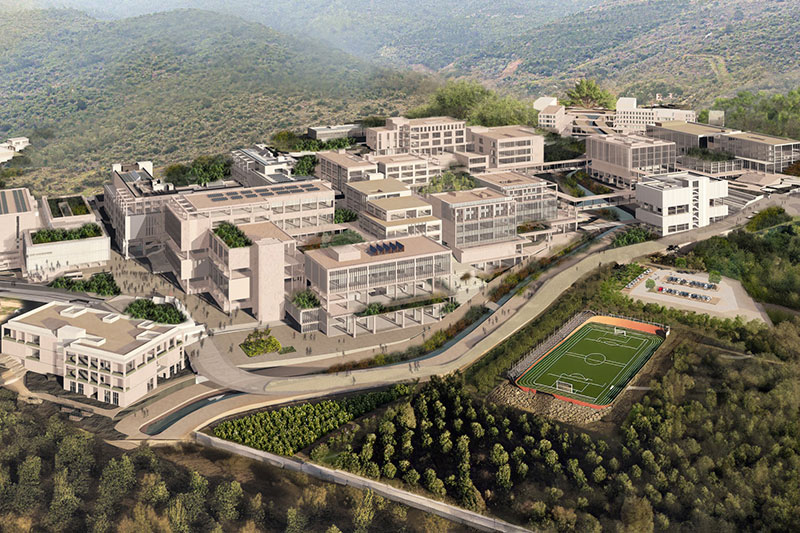
IZMIR UNIVERSITY OF ECONOMICS GÜZELBAHÇE CAMPUS
DetailsGLOBAL CAREER
As Izmir University of Economics transforms into a world-class university, it also raises successful young people with global competence.
More..CONTRIBUTION TO SCIENCE
Izmir University of Economics produces qualified knowledge and competent technologies.
More..VALUING PEOPLE
Izmir University of Economics sees producing social benefit as its reason for existence.
More..









